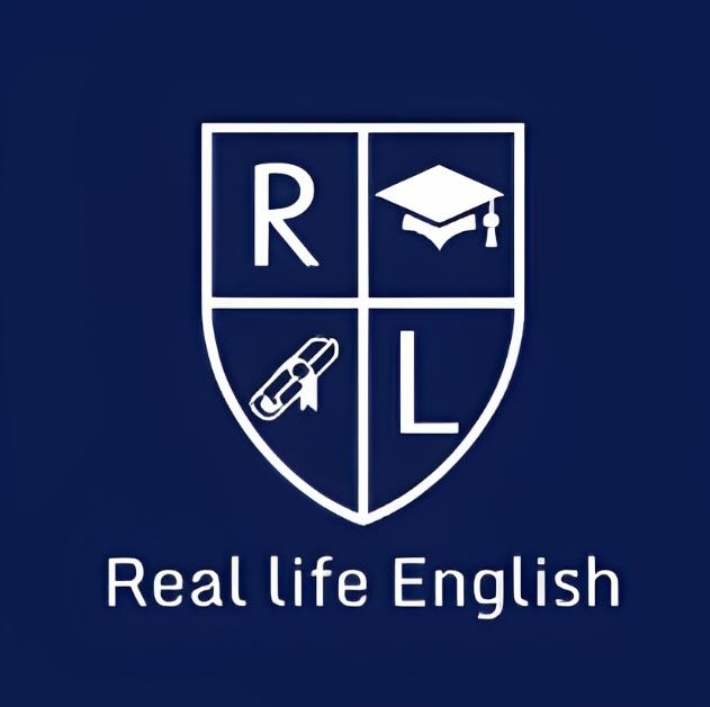When learning English, one of the basic things you need to understand is the use of "am," "is," and "are." These three words are part of the verb "to be" and are used to describe a state or condition of a subject. In this article, we'll explain how to use am, is, and are correctly. (ඉංග්රීසි ඉගෙන ගැනීමේදී, ඔබ තේරුම් ගත යුතු මූලික කරුණක් වන්නේ "am" "is" සහ "are" භාවිතා කිරීමයි. මෙම වචන තුන වර්තමාන කාල තත්වයක් යටතේ විස්තර කිරීමට භාවිතා කරයි. මෙම ලිපියෙන් අපි am, is සහ are නිවැරදිව භාවිතා කරන්නේ කෙසේද යන්න පැහැදිලි කරන්නෙමු.
Am, Is, Are: What Do They Mean? (Am, Is, Are: යන්නෙන් අදහස් කරන්නේ කුමක්ද?)
Before we get into the details of how to use these words, let's first define what they mean. "Am," "is," and "are" are all forms of the verb "to be." "Am" is the first-person singular form (I am), "is" is the third-person singular form (he/she/it is), and "are" is the plural form (we/they/you are). (වර්තමාන කාලය සම්බන්ධ අදහස් ප්රකාශ කිරීමට භාවිතා වේ.)
When to Use "Am"
👉We use "am" when we're talking about ourselves or something that relates to us. ( තමන්ට (මම,I) සම්බන්ධ දෙයක් ගැන වර්තමාන කාලයෙන් අදහස් කරන විට අපි "am" භාවිතා කරමු.
For example:
🎯 I am a student. මම වෙමි ශිෂයෙක්. (am යෙදීමෙන් මෙය වර්තමාන කාල වී ඇත)
🎯 I am feeling tired today. මට අද මහන්සියක් දැනෙනවා. (am යෙදීමෙන් මෙය වර්තමාන කාල වී ඇත)
🎯 I am going to the park. මම උද්යානයට යනවා. (am යෙදීමෙන් මෙය වර්තමාන කාල වී ඇත)
In all of these sentences, "am" is used to describe the subject, which is "I."
When to Use "Is"
👉We use "is" when we're talking about a third-person singular subject, which can be a person, animal, or thing. අපි තුන්වන පාර්ශවයක් ගැන කතා කරන විට "is" භාවිතා කරන්නෙමු, එය පුද්ගලයෙකු, සතෙකු හෝ දෙයක් විය හැකිය.
For example:
🎯She is a doctor. ඇය වෙෙද්යවරියක් වේ. (වර්තමාන කාලය)
🎯The cat is sleeping. පූසා නිදි. (වර්තමාන කාලය)
🎯The book is on the table. පොත මේසය උඩ වේ . (වර්තමාන කාලය)
In these sentences, "is" is used to describe the subject, which is "she," "cat," and "book," respectively.
When to Use "Are"
👉We use "are" when we're talking about a plural subject, which can be people, animals, or things. අපි බහු වචන විෂයයක් ගැන කතා කරන විට අපි "ARE" භාවිතා කරමු, එය මිනිසුන්, සතුන් හෝ දේවල් විය හැකිය.
For example:
🎯 They are my friends. ඔවුන් මගේ මිතුරන්. (වර්තමාන කාලය)
🎯 The dogs are barking. බල්ලෝ බුරනවා. (වර්තමාන කාලය)
🎯 The flowers are beautiful. මල් ලස්සනයි. (වර්තමාන කාලය)
In these sentences, "are" is used to describe the subject, which is "they," "dogs," and "flowers," respectively.
Contractions with "Am, Is, Are"
In casual English, we often use contractions instead of the full form of "am," "is," and "are." සාමාන්ය ජීවිතයේ භාවිතයේ දී Am-IS-ARE කෙටි කර භාවිතා කරයි.
For example:
🎯 I'm a student. (I am a student)
🎯 She's a doctor. (She is a doctor)
🎯 They're my friends. (They are my friends)
Using contractions can make your speech sound more natural and can help you sound like a native speaker. මෙම කෙටි යෙදුම් භාවිතා කිරීමෙන් ඔබේ කථනය වඩාත් ස්වභාවිකව ශබ්ද කළ හැකි අතර ස්වදේශීය කථිකයෙකු ලෙස ශබ්ද කිරීමට ඔබට උපකාර වේ.
Conclusion
"Am," "is," and "are" are important words to know when learning English. They help you describe the state or condition of a subject. Remember to use "am" when referring to yourself, "is" when referring to a third-person singular subject, and "are" when referring to a plural subject. By mastering the use of these words, you'll be able to communicate more effectively in English.
"Am," "is" සහ "are" ඉංග්රීසි ඉගෙනීමේදී දැනගත යුතු වැදගත් වචන වේ. වර්තමාන කාලයෙන් විස්තර කිරීමට ඒවා ඔබට උපකාර කරයි. ඔබ ගැන සඳහන් කිරීමේදී "am" භාවිතා කිරීමට මතක තබා ගන්න, තෙවන පුද්ගල ඒක වචන පද ගැන සඳහන් කිරීමේදී "is" සහ බහු වචන පද ගැන සඳහන් කිරීමේදී "are" භාවිතා කරන්න. මෙම වචන භාවිතය ප්රගුණ කිරීමෙන්, ඔබට වඩාත් ඵලදායී ලෙස ඉංග්රීසියෙන් සන්නිවේදනය කිරීමට හැකි වනු ඇත.


